Our natural environment is under pressure. From plastic pollution and fuel emissions to chemical runoff, over fishing, and unsustainable consumption, the challenges are vast.
Living on the water means cruisers often get a front row seat to this, and for many that leaves an impact.
While sailing is often seen as one of the more eco-friendly ways to travel, being under sail doesn’t automatically mean you’re low impact. Fortunately there are some small, intentional changes you can make that are relatively easy to do but can have a big impact.
Whether you’re living aboard full-time or cruising seasonally, here are eight practical ways to reduce your environmental footprint out on the water.
1. Reduce engine emissions
Even on a sailboat, the engines tend to get regular use. They’re turned on when the boat is becalmed or manoeuvres need to be made for anchoring, mooring or docking. On some boats they’re a way to charge the battery bank or generate hot water. Then there’s the outboards, that power the tenders cruisers rely on for their daily transport needs.
A poorly maintained engine or an engine experiencing low fuel efficiency consumes more fuel. Increased fuel consumption leads to higher emissions of greenhouse gases and air pollutants, which is not good for the environment. By ensuring your motors are well maintained and consuming fuel as they should, you save money on gas or diesel, and it’s better for the environment.
Practical actions to reduce engine emissions
- Keep up with your engine servicing including oil changes and fuel filter replacements
- Choose a propeller that optimizes your engine’s efficiency
- Keep the hull clean to reduce drag in the water and load on the engine
- Consider electric population for your tender
- Factor in tides and currents when route planning, as fighting against them requires the engines to operate at a higher RPM
- Scraping the hull regularly reduces load on the engine
2. Cut down on single use plastics
No matter where you sail, there’s no doubt you’ve seen the unwelcome sight of plastic waste floating in the water. Plastic pollution is one of the most visible threats to sea life, with an estimated 100,000 marine mammals dying each year from ingestion and entanglement. Then there’s microplastics, which form when larger items break down and are extremely difficult to filter out. These are inadvertently consumed by sea creatures, and eventually end up in the human food chain.
Cutting down on single use plastics, is one way to decrease your plastic consumption, and reduce the chance that it ends up somewhere you’d rather it doesn’t. This is especially true when cruising in remote or under-developed areas where recycling facilities are non-existent.
Practical ways to reduce single use plastics aboard
- Carry reusable shopping bags and mesh produce sacks when grocery shopping
- Avoid shrink-wrapped or individually packaged items when provisioning, and choose eggs in cardboard cartons
- Buy items like dish washing liquid, pasta, rice, flour and legumes in bulk, then repackage them into smaller reusable containers
- Choose biodegradable trash bags
- Set aside the cling wrap and Ziploc bags, and try re-usable containers, beeswax wraps, silicone lids, glass jars, food huggers and silicone storage bags
- The impact of plastic pollution is a global issue
3. Choose to shop local
Local markets offer more than just a cultural experience; they’re often the best place to reduce waste while supporting the economy you’re visiting. Imported supermarket goods tend to come over-packaged and travel long distances to reach the shelves. Shopping locally helps reduce transportation emissions and avoids much of the unnecessary packaging that accompanies mass-produced food.
Practical shopping tips to reduce waste
- Buy fresh meat, produce, dairy, and baked goods from local markets
- Support regional farmers and small vendors, reducing the length of the supply chain
- Choose loose items over pre-packaged ones
- Bring your own bags, containers, and jars to refill where possible
- Go for bulk items to reduce packaging
- The Central Market in Port of Spain, Trinidad is a great place to provision
4. Use eco-friendly cleaning and personal care products
On a boat, the soaps, detergents and care products used to clean dishes, wash clothes, scrub the hull and maintain your personal hygiene all go overboard. The problem with this; many common products contain harmful ingredients like phosphates, chlorine and microplastics, which don’t break down easily in the ocean.
These chemicals damage marine ecosystems and can persist in the water for years. Phosphates in particular are an issue, and they can cause algal blooms which deplete the water of oxygen, suffocating marine life. Minimizing your impact takes a little thought, but the benefits are worth it.
Practical ways to switch to eco-friendly options
- Choose biodegradable and phosphate-free boat soaps, detergents and shampoos
- Use vinegar, baking soda, and lemon juice as natural cleaning alternatives
- Consider solid shampoo bars and refillable cleaning products to reduce packaging
- Avoid products like toothpaste with polyethylene (PE), polypropylene (PP), polyamide (PA) or polyethylene terephthalate (PET) as these are microplastics
- Switch chlorine bleach for hydrogen peroxide
- The view of a toxic algal bloom from above
5. Dispose of waste thoughtfully
When cruising remote coastlines or small islands, waste disposal options can be minimal. When crossing an ocean, they’re non-existent. While it may be tempting to burn rubbish, bury it ashore or toss it overboard, are those really the best solutions? We all know burning plastics releases harmful toxins, while dumping directly endangers sea life. Instead, try to manage your waste proactively.
Practical ways to manage waste
- Separate recyclables, then bring them to proper facilities when you can
- Salt water rinse food packaging to prevent smells while storing aboard
- Only organics overboard, and even then, only when you’re offshore well away from coastlines
- Reduce packaging from the outset to avoid bringing the problem onboard in the first place
- Cut up and compact trash to reduce the amount of space it takes up while storing for a disposal facility
- You can use the noforeignland map to see and share waste disposal points
6. Mind your antifouling
All cruisers are familiar with antifouling paint; it keeps marine growth off the hull and improves sailing performance, which in turn reduces engine emissions. But many traditional antifouling paints use copper and other biocides that leach into the water, harming not just fouling organisms but the broader marine ecosystem.
As time goes on, new antifouling methods and chemicals are being developed that are more environmentally friendly. Some cruisers are now experimenting with hard epoxy coatings, foul-release coating, or ultrasonic antifouling systems as non-toxic alternatives.
Practical ways to reduce the environmental impact of antifoul
- Investigate alternative antifouling technologies like ultrasonic antifouling, foul release-coating or hard coatings that reduce leaching
- When removing old antifouling, wet sand it or use a vacuum sander to prevent releasing particles into the air
- Use a tarpaulin to catch antifoul scrapings, especially if you’re using paint stripper to get it off
- Dispose of the antifouling tins, paint trays, brushes and rollers responsibly
- Regularly clean your hull to minimise the need for aggressive antifouling products
- Getting ready to wet sand more antifoul
7. Be energy smart
Modern cruising yachts rely on power for everything from refrigeration to lights and navigation electronics. But when that energy is generated using generators or the engines, the environmental cost adds up. Even solar panels and batteries have embodied emissions to consider. Investing in renewable sources and finding ways to reduce load can go a long way towards a more environmentally friendly existence.
Practical ways to be energy smart aboard
- Invest in solar panels, wind turbines, or hydro-generators
- Use energy-efficient appliances and unplug them to stop phantom loads
- Monitor energy use with a battery management system to avoid overcharging
- Charge devices and run power-hungry systems during peak power generation times
- Switch to LED lighting, LiFePO4 lithium batteries, and energy efficient air conditioners and hot water units.
- Solar panels are a common source of renewable energy found aboard yachts
8. Respect local ecosystems
It can be easy to overlook the environmental impact of where you drop anchor or how you explore ashore, especially if you’re tired after a long, hard sail. But, as cruisers we have a responsibility to respect local ecosystems and do what we can to preserve and maintain them. The places we visit are part of what makes sailing special; it’s only fair we leave them as we found them.
Practical ways to support the ecosystem
- Anchor in sandy patches, avoiding coral and sea grass (especially posidonia in the Med)
- Follow local regulations around fishing, diving, marine parks and coastal access
- Leave no trace behind
- Engage with local initiatives like beach clean ups, eco-tours or conservation programs, for example the Vava’u SMA’s
- Where possible, paddle to shore instead of using the tender
- Protecting Posidonia has become a priority in the Mediterranean Sea
Reduce the impact now for a more sustainable future
Protecting our natural environment is a shared responsibility, and sailors have a unique role to play. With every provisioning choice, engine service, or anchoring decision, we shape the health of the marine environment we rely on.
Got your own green cruising tips? Be sure to share them with the wider NFL community down below so we can start a discussion and generate ideas, working together for a better outcome.


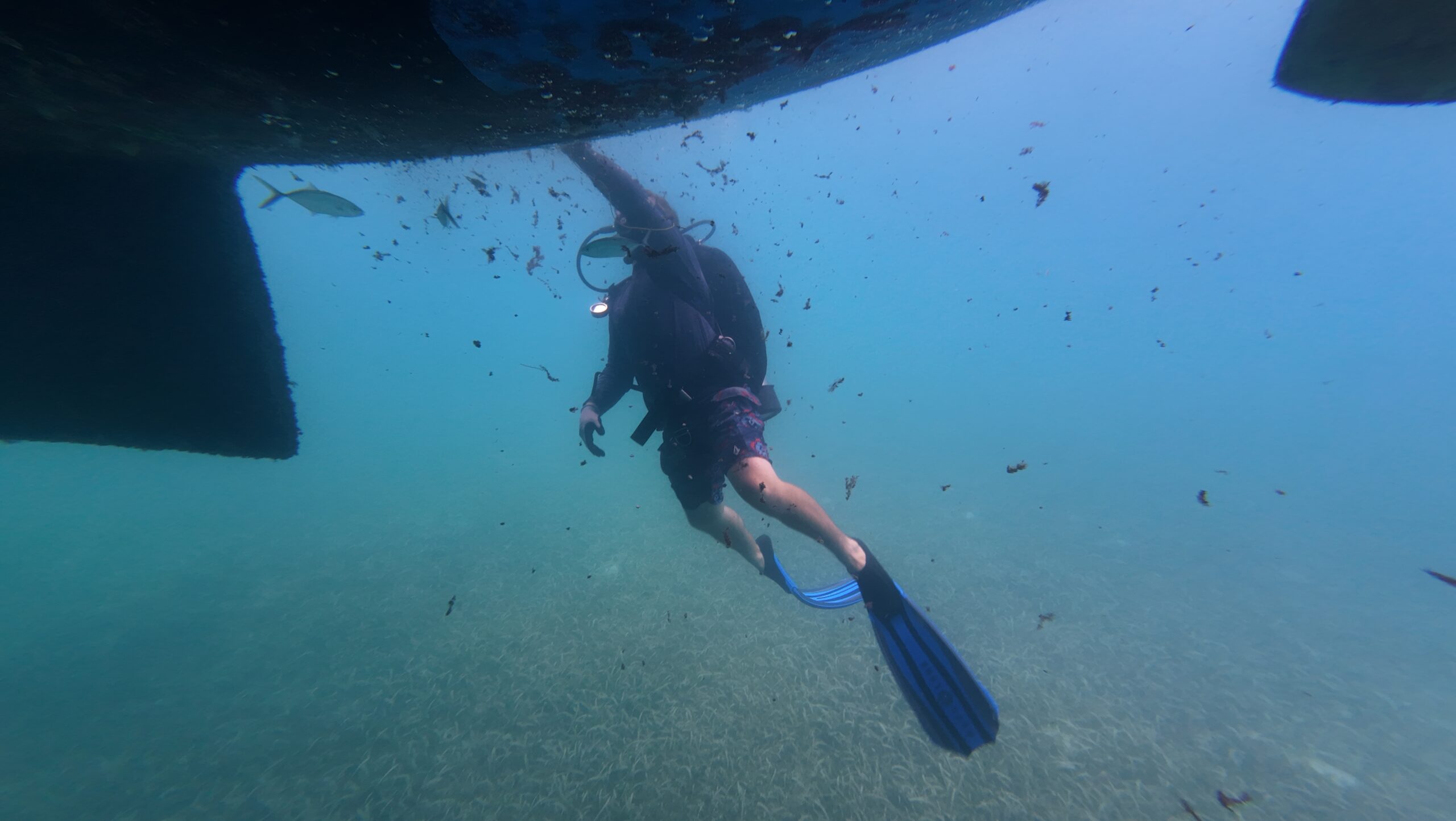
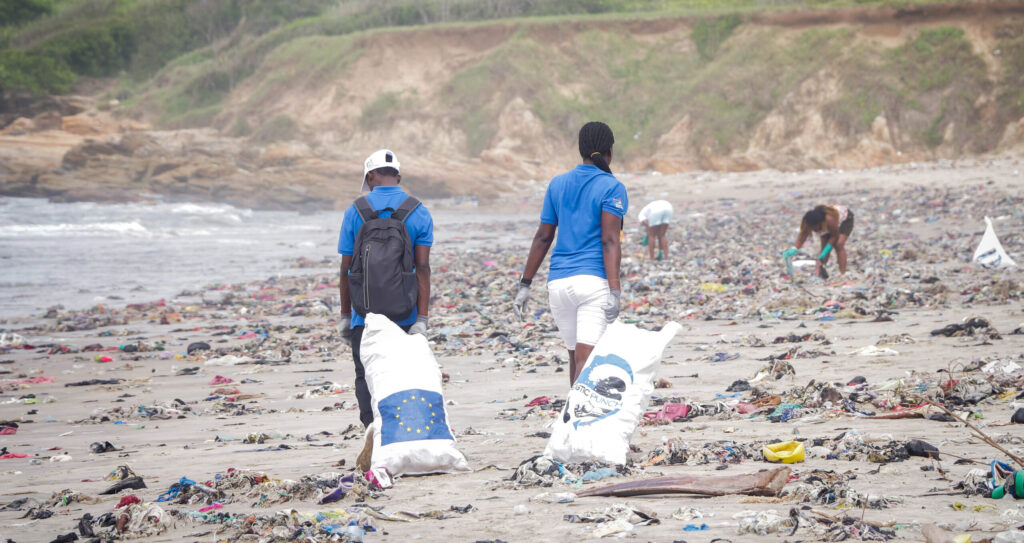

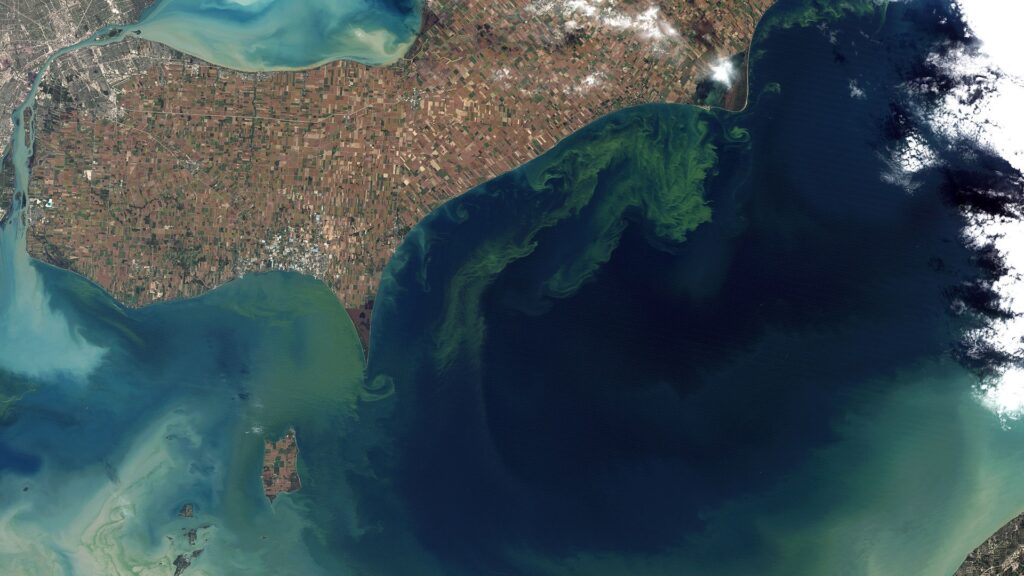
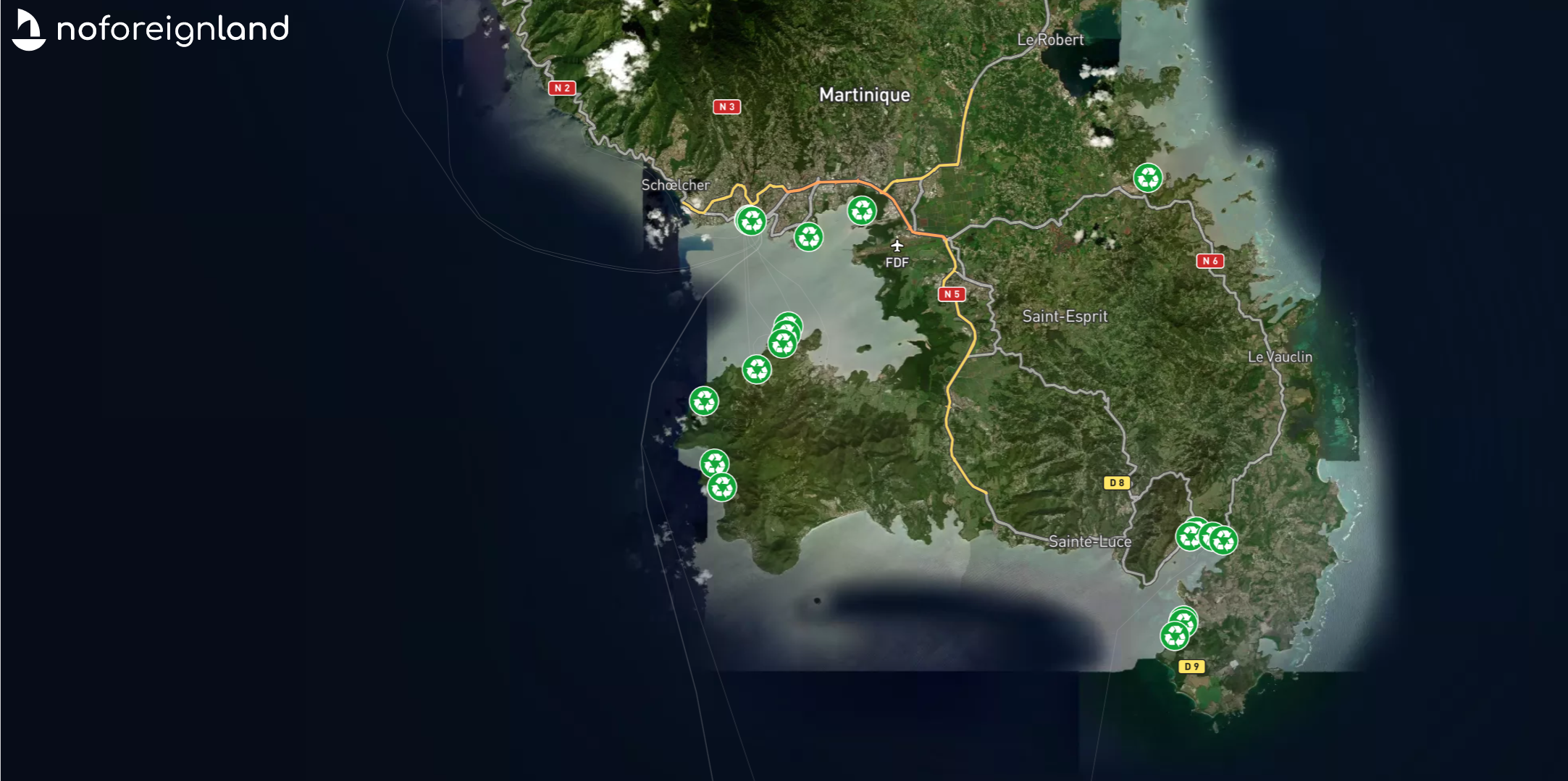
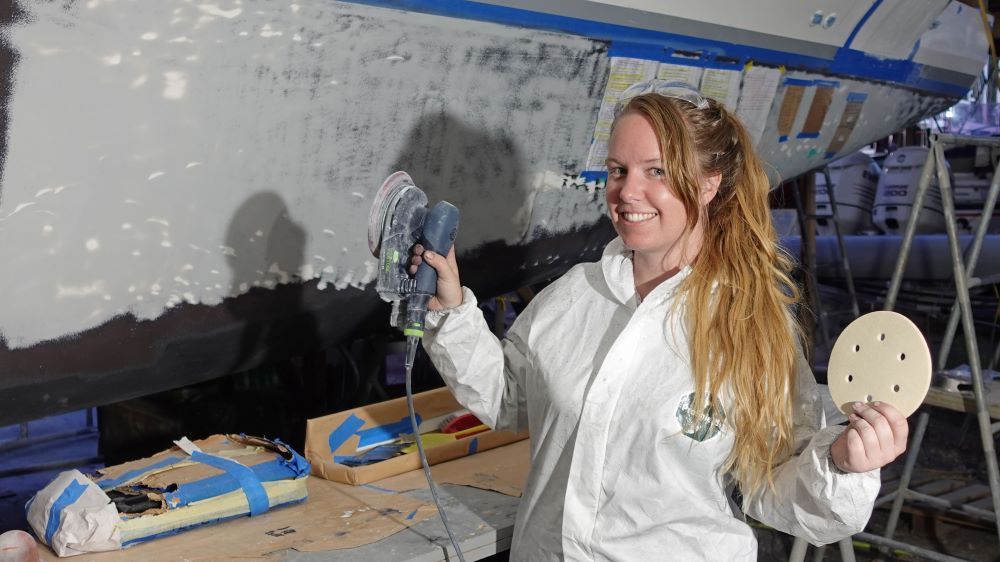

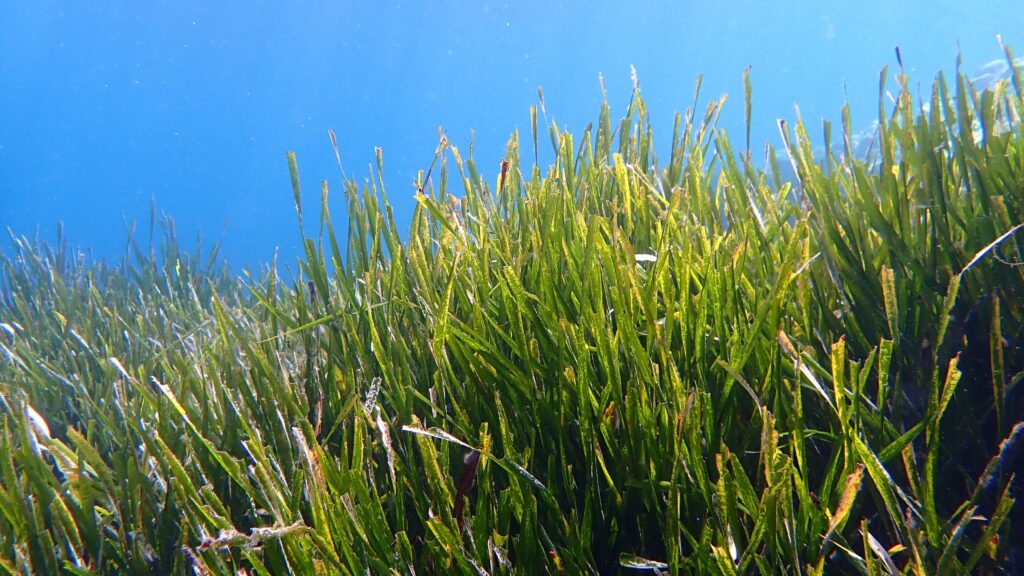

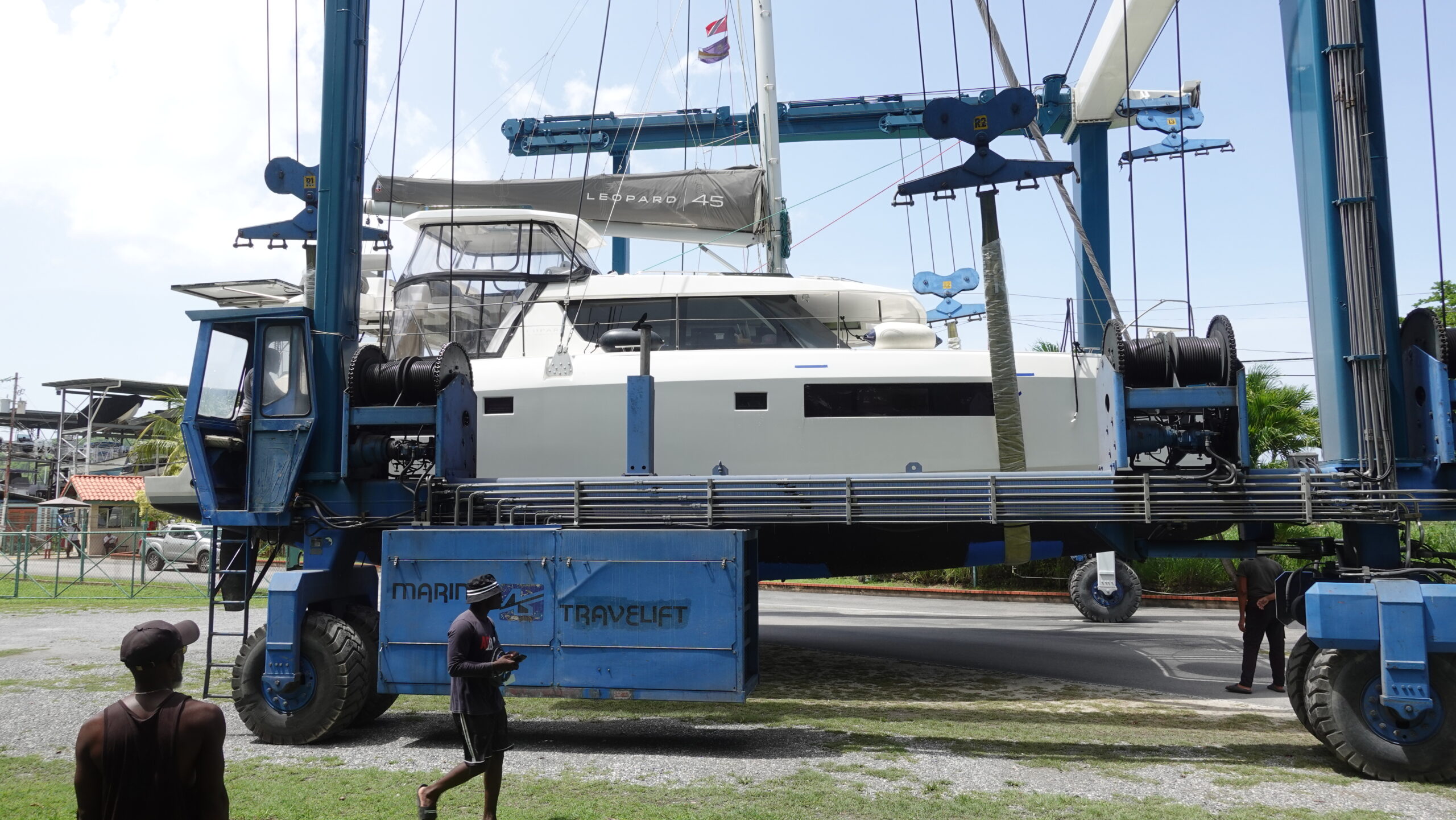


Jeez, the impact of boats on the environment is immeasurable compared to land based dwellers
That’s a common argument, particularly in the discussions wrg of dumping sewage on the sea – the sewage from some thousand boats is completely insignificant compared to the sewage from some millions of land dwellers – even if those land dwellers let the sewage go through some treatment plant. Still, the sewage output from one person on a boat (assuming the sewage is dumped at sea) is a lot higher than the sewage output from one person on land.
I think one of the few things where the average boater wins big time compared to the land dweller is electricity consumption – but it’s quite much due to the fact that the average boater don’t have the luxury of being able to spend lots of electric energy. A land-lubber that wants to cut down on the electricity consumption seriously can easily do so.
Michaela, a great blog with some great suggestions, thank you!
Thanks for the great article! I‘d like to add one orntwo more aspects:
– the main impact cruisers have is produced by their occasional flights. Flying less, choosing direct flights over stop-overs etc are ways to reduce the impact.
– fresh water use to rinse the boat in marinas where water is scarce (but still often free of charge) is another way to be environmentally mindful.
The flights … indeed. Due to the current family situation I’ve ended up flying a lot between the boat and the land home recently. That didn’t go entirely according to the plan, the boat was supposed to be our home.
I do have a sign “hitchhikers welcome” on the boat – and I mean it, why not join as a crew if one wants to go in the same direction? Anyway, most of my crew comes through the crewbay site, and almost all of them uses airplane to meet up at the yacht and depart again.
I just had the boat up on land, in Bulgaria. No provisions for collecting antifoul, it goes directly into the sea. I’m trying to be a bit mindful, I don’t do a lof of cleaning, wherever I still have some old antifoul leftovers, the new antifoul goes on top of it. Antifoul is not only bad for the environment, it’s quite expensive also … so one layer will do. In the Med it’s not so much growth, and pretty easy to dive under the boat and scrape off the excess.
We did pick some garbage on a beach in Greece and put it into a bin on the neighbour island (Hydra) – just to discover that they dump all the garbage to a local, open landfill, down a hill going towards the sea, with no protection against things being taken by the wind. Hydra is such a “green” island with no car traffic … almost … they do have several garbage trucks. It’s quite amazing that they can manage to get products delivered by boat and up to the shop and from the shop to the homes by donkeys or by feet, but they are unable to return the packaging the other way. I guess that for every hundred kilograms of products, it’s one kilogram of plastic waste to be returned – and that even goes downhill, but no – for that purpose they need garbage trucks, and they just dump it down the hillside, it’s crazy … but I digress.
I do have a wooden boat – and it needs a lot of varnish. For every layer of varnish, I’m gently sanding the previous layer a bit. Modern varnish is basically plastic, no matter if choosing the two-component or the one-component variant, so I’m producing and releasing micro-plastics directly to the environment, it’s not a good feeling.
Of course, the sewage is another thing. I’ve been following local discussions “at home” about sewage waste releases from leisure boats, by now it’s a total ban for releasing boat sewage to the Oslo fjord – but do people care? Not at all. The alternative for releasing it to the sea is to visit toilet facilities on land obviously, but also to visit the pump-out station. Most of them are (still) for free in the Nordics, but I’m always wondering if this is “greenwash” or not. Most of the pump-out stations are visited infrequently, it certainly has some environmental costs building and maintaining them, it does take energy pumping out the sewage and up to the local treatment plant, and then the treatment plant often doesn’t have capacity to treat all the sewage and ends up dumping raw sewage back to the sea anyway. Not to forget, some boats burn of quite some fuel doing detours to visit those pumps.
One aspect I’d like to know more about is speed – what is the optimal speed when going by engine and wanting to get somewhere spending the minimum amount of fuel? In windstill conditions, I’d believe it’s rather slowly, but at the other hand the engine does perform best some ideal RPM. And when there is headwind probably it’s smarter to give a bit more speed on the engine than when it’s windstill or tailwind.
Great post! Thanks for sharing! I’d also add participating in citizen science ocean research along the way is another way to make a journey more purposeful and support environmental conservation. We’ve created a directory of projects we come across that cruisers can search for ones that are interesting for them 🙂 Larissa